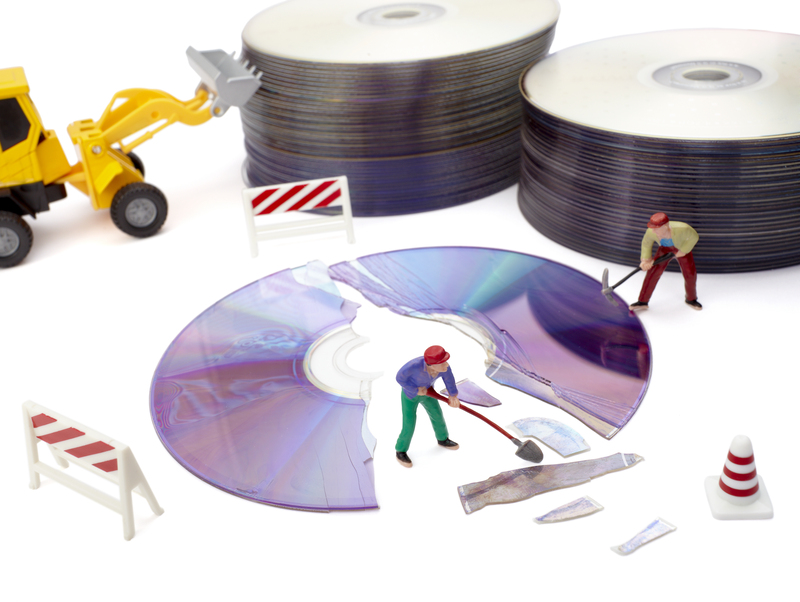Understanding How Glass Recycling Works
In today's environmentally conscious world, glass recycling plays a crucial role in managing waste and conserving natural resources. This comprehensive guide will delve into the processes and benefits of glass recycling, offering an insightful look into how the recycling of glass materials contributes to a sustainable future.
The Journey of Glass Recycling
Glass is one of the few materials that can be recycled indefinitely without losing its quality. It all starts with the collection of glass waste, followed by the sorting and processing stages, ultimately resulting in new glass products. Let's dive into this journey in detail:
Collection and Sorting
The first step in glass recycling involves the collection of glass waste from various sources such as:
- Household recycling bins
- Public recycling centers
- Commercial and industrial waste facilities
Once collected, the glass is taken to a recycling plant where it undergoes a sorting process. This crucial step involves the separation of glass by color and type. The typical colors include:
- Clear glass
- Green glass
- Brown or amber glass
Sorting by color is essential because different colors of glass melt at different temperatures. Mixing them can affect the quality of the recycled product.
Processing and Cleaning
After sorting, the glass is cleaned to remove impurities. This process includes:
- Removing non-glass materials like paper, plastic, and metal
- Washing the glass to eliminate residues and contaminants
Cleaning ensures that the recycled glass will be of high quality and suitable for producing new glass products. Advanced cleaning technologies help in making this process efficient and effective.
Crushing and Melting
Once cleaned, the glass is crushed into small pieces called cullet. Cullet is a key ingredient in the glass-making process:
- Cullet melts at a lower temperature compared to raw materials, saving energy
- The use of cullet minimizes the emission of pollutants during production
By integrating recycled cullet into new glass production, manufacturers conserve raw materials such as sand, soda ash, and limestone.
Forming New Products
The melted cullet is then transformed into new glass products through various methods such as:
- Molding and shaping into bottles and jars
- Creating glass containers for beverages, food, and other goods
- Manufacturing fiberglass insulation and glass beads for construction
This stage highlights the endless possibilities in re-utilizing glass materials, emphasizing the importance of sustainable practices in industry operations.

Benefits of Glass Recycling
Recycling glass provides numerous environmental and economic advantages, reinforcing its role in sustainable waste management. Here are some notable benefits:
Environmental Benefits
- Reduces landfill waste: Recycling glass decreases the amount of waste sent to landfills.
- Conserves natural resources: By reusing glass, the need for raw materials is diminished.
- Lower energy consumption: Recycling saves energy needed to produce new glass from raw ingredients.
- Decreases carbon emissions, contributing to a reduction in overall pollution.
Economic Benefits
- Creates job opportunities in the recycling and manufacturing sectors
- Reduces production costs: Recycling is often cheaper than producing new glass from scratch.
- Enables energy savings, translating into reduced costs for manufacturers

Challenges in Glass Recycling
Despite its advantages, glass recycling faces several challenges:
- Contamination: Mixed glass colors and non-glass materials compromise the quality of recycled glass.
- Transportation costs: Glass is heavy and bulky, making collection and transport costly.
- Lack of consumer awareness and participation in recycling programs.
Tackling these challenges requires increased public education, investment in recycling infrastructure, and policies encouraging sustainable practices.
Conclusion
The process of glass recycling is more than just an eco-friendly practice; it is a vital component of the circular economy that transforms waste into valuable resources. By understanding the intricacies of glass recycling, individuals and businesses can contribute to creating a greener planet.
With ongoing advancements and increased awareness, we can continue to enhance the efficiency and effectiveness of glass recycling processes, ensuring a sustainable and environmentally friendly future for generations to come.